×

×
Don't Miss Upcoming Promotions
Enter your email below to stay updated on our latest specials.


By Walt M. Collier | Chevron
An engine coolant and an antifreeze are the same thing. It’s the one fluid that stays in a truck’s system through all seasons, protecting the engine from overheating in hot weather and from freezing up when the temperature drops. Maybe that’s why many operators don’t give it a lot of thought beyond the onset of summer or winter. Yet as we pointed out in a previous article, the coolant system requires more than just a seasonal check. A problem with the coolant system can spread to other parts of the vehicle and lead to costly downtime, which is why an inspection should be a regular part of your preventive maintenance program.
Start with a Visual Assessment
You can tell a lot about the coolant system simply from a visual assessment just by looking at it. Start by checking for leaks from loose hoses, clamps, and the radiator cap. It’s considered best practice to pressure check the system using a readily available pressure tester. If a change in pressure appears during the test, that may be an indicator of a leak in the system.
Make sure that the coolant is at the fill line in the sump. If the level of fluid is below the fill line, you are definitely losing coolant, and the only question is how. If the coolant system is not holding its pressure, you are most likely boiling off water. A coolant is typically a 50/50 or 60/40 mix of glycol and water (depending on the regional climate), and losing water will upset that balance. If you see streaming trails on the outside of the radiator cap, that is an easy way to tell if water is boiling off.
A visual inspection should include an assessment of the fluid itself. The dye in the coolant tends to leach into the plastic of the sump and impede clear visibility, so it is best to open up the radiator cap and look down into the fluid. The color of the coolant is simply a dye and serves no technical purpose. However, if you see brown in the fluid, that could mean rust is present, or that two different coolant types have been mixed. In either case, the system needs to be flushed and drained, and fresh coolant put in. If oil has entered the coolants system, it will be plainly visible as a layer on top of the fluid. Oil in the coolant is a bad sign. It usually means there is coolant in the oil system, too, in which case both the coolant and the oil will need to be completely flushed.
Find a Leak on the Road? Just Add Water
Sometimes a driver may discover a leak on the road. When that happens, there are any number of off-the shelf products you can pour into the system that purport to help stop the leak. However, we don’t recommend that for two reasons: you’re not really fixing the leak at its root cause, and you’re introducing a foreign additive that is going to cause an imbalance in the fluid.
A better (and cheaper) temporary solution is simply to top off the system with water. You may diminish the protection properties of the coolant to a small degree, but it is better than bringing in another chemical, and it should buy you enough time to get to your maintenance shop and get the system fixed.
The important thing is not to mix coolant types. Coolants come in a variety of formulations, whether conventional, fully formulated, hybrid, or a full extended life coolant. If you’re not certain which type you’re using, topping it off with water temporarily is your best quick-fix option. Use bottled water or distilled water – don’t use water from a tap or a hose, which likely has impurities in it.
Keep your Water and Glycol in Balance
One essential tool in your coolant maintenance kit is a refractometer. That is what professional labs use to check the balance of glycol and water and find the freeze point. It is very easy to use and readily available on Amazon or from your lubricant supplier. The reading on the refractometer will help you determine if you need to adjust the water or glycol concentration levels to achieve the appropriate freeze and boiling points for your operating environment and conditions.
Chevron offers a full line of coolants for heavy duty vehicles, both on- and off-highway, as well as our handy Cool Tools Maintenance Kit that includes a refractometer, test strips, sampling tools and more. We also have coolant experts on hand to answer any questions you may have. Remember, a small investment in time and the right tools can save you on costly repairs and downtime in the future.
Keep an eye on your coolant all year ‘round!
Walt M. Collier is the Americas Brand Manager for Delo Engine oils and ancillary products. In this role, Walt oversees the development, deployment, and manages Chevron Delo brand of commercial lubricants products for the Americas. Prior to this role Walt was a Sr. Business Development Specialist working to grow Chevron’s Renewable Fuels business focusing on CNG for transportation fuel and Renewable Natural Gas. He joined the company in 2019 as an experienced hire working as a Business Development Specialist in our Direct Commercial lubricants group focusing on heavy duty engines in fleets, inland/coastal marine, and OEM dealers for North America.

Article courtesy of Chevron Lube Matters
Extending oil drains is a beneficial way of squeezing every ounce of usage out of your lubrication, avoiding waste and saving money. There are several tools and resources available to optimize and extend your drain intervals adequately and safely. Optimizing your equipment’s oil drains is essential to saving resources and reducing costs for the future. Those seeking to safely extend drains and see an additional allocation of the lubricants can do so by inspecting the oil for any contaminants and routinely testing through a laboratory.
Extending your oil drains can result in:
Contact your Shrader Tire and Oil representative today to find out more about extending oil drains and our oil analysis program.
OEM (Original Equipment Manufacturers) Recommendations
OEMs have general recommendations based on intervals such as hours or miles. OEMs can suggest these general recommendations but aren’t always specific to your application. They are unable to determine whether there is useful remaining life in the oil or perhaps the presence of acid, both resulting in unnecessary costs and resource allocation.
Common KPIs (Key Performance Indicators)
Extending oil drains require specific indications that the oil has enough life for further usage. Key Performance Indicators for extending lubricant drain intervals include:
PM vs CBMCBM (condition-based monitoring) is the natural progression of PM (preventive maintenance) to determining what’s best for your equipment. To generate a dependable solution to evaluating the possibility of extending oil drains, routine oil testing and analysis is vital. Fluid analysis programs are the only way to identify whether you are meeting your KPIs. Identifying patterns through CBM results in a higher sense of control over contaminants that directly affect lubrication longevity.
Oil Testing and Analysis
While OEMs offer broad suggestions for scheduling your oil drains, a routine, consistent fluid analysis program can go the extra mile and determine any unusual wear pattern in the equipment, identify and control any contamination present, and determine the suitability of the lubricant for continued use.
Proper training and education in oil analysis is learned best while practicing hands-on with these processes, leading to improved longevity for oil drainage. Being involved in oil analysis cuts costs and prevents unnecessary oil waste by allowing users to decipher when oil drains can be properly extended and the lubricant’s useful remaining life.
Data Management Reports and Sample Reports
Running data management reports and taking action on sample reports can assist users in recognizing problems as they occur. Analyzing patterns based on the results of the reports makes future extension of oil drains increasingly more manageable. Understanding oil sample data and downloading data across data management reports offers users solutions to enhance oil usage. For example, downloading sample data through the Problem Summary Report available in POLARIS Laboratories’ data management system, HORIZON®, identifies KPIs for oil drains.
Acting on maintenance recommendations included in sample reports can streamline the process of identifying suitability within the oil. Sample reports inform users of levels of metal and contamination and can be used as KPI’s to determine drain intervals. Additionally, these reports allow users to view sample history and recommended actions indicated on previously submitted samples for the same component.
Optimize Your Oil Drains
Resources such as condition-based monitoring, oil testing, and analyzing data in oil analysis reports give users opportunities to safely extend oil drains. Understanding acceptable levels of contamination or acids in lubrication instead of hours or miles recommended by OEMs can result in extending drains and using oil for longer. Knowledge identified with KPIs based on oil analysis reports results in extended component hours, decrease in costs associated with labor and lubricants, and less waste.
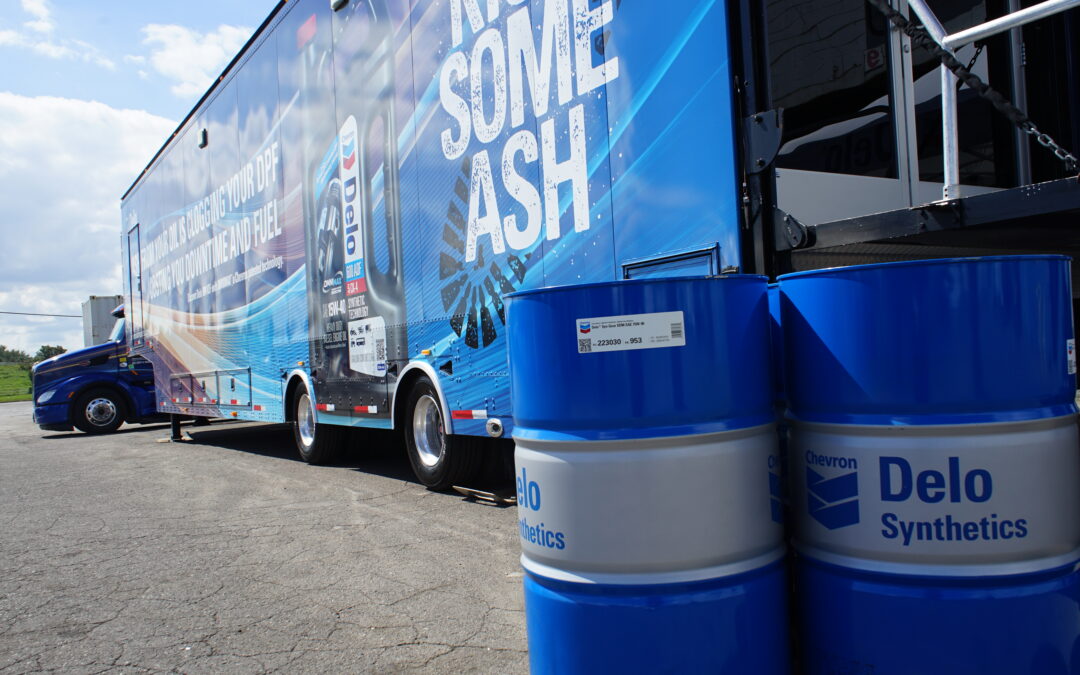
By DOUG DONNELLY
Shrader Tire and Oil hosted two Delo Truck Experience events in September, one at our store in Melvindale, Mich. and the other at our Columbus, Ohio, location.
Chevron takes the Delo Truck across the country giving customers an opportunity to learn more about the product. Inside the Delo trailer are multiple interactive displays that customers can experience and educate themselves about Chevron and Delo.
Shrader Tire and Oil representatives were on hand to talk with customers and potential customers as well. Tours were given of the Shrader Tire and Oil retread plant, bulk oil facility and warehouse.
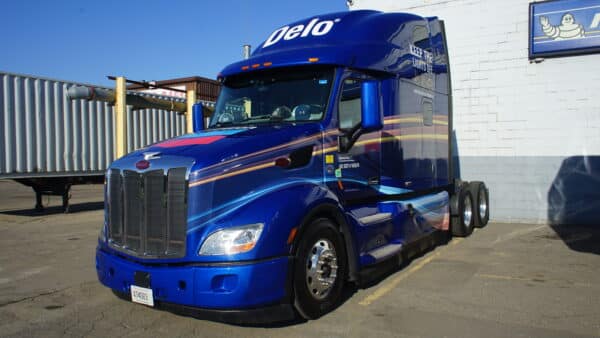
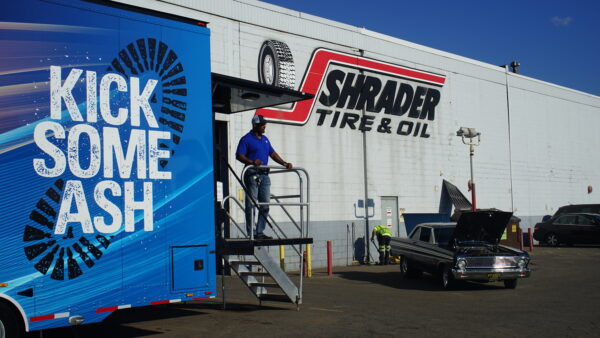
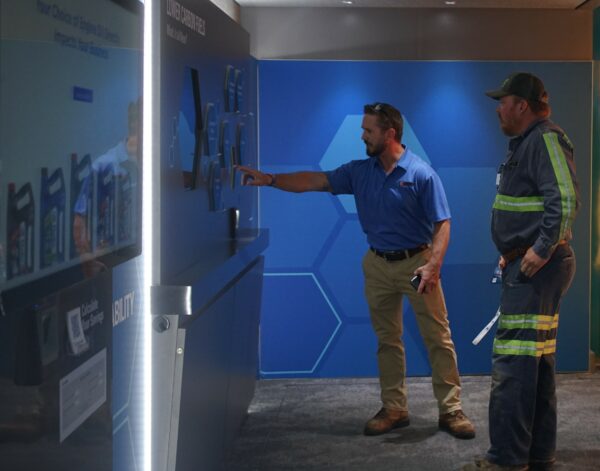
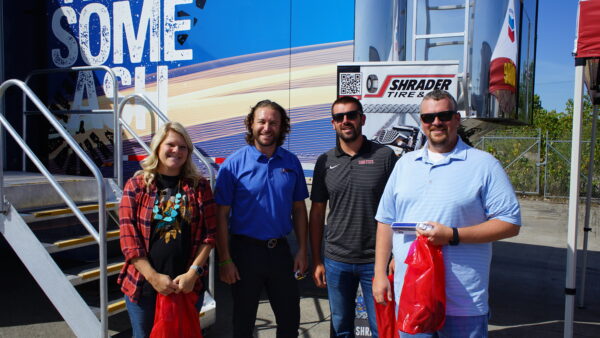

By Zach Sutton | Chevron Lubricants
March 8, 2023 – December roared in with a coast-to-coast series of howling snowstorms and plunging temperatures. It’s the time of year when fleet operators and drivers become more conscious of the coolants they are using and making sure they are working properly. In reality, thinking of coolant maintenance as a seasonal issue is a bit old fashioned. At Chevron Lubricants, we advocate year-round coolant inspections as part of your preventive maintenance program. In fact, we recommend to our fleet customers that they include a cooling system checklist in their PM worksheets. The importance of a healthy coolant should not be underestimated – 40% of engine-related failures are tied to the coolant, and an “estimated 60% of engine downtime in the commercial trucking sector is coolant related.”* It cannot be an afterthought.
The only opportunity maintenance managers have to make sure a truck has the right amount of coolant, and its physical properties are in proper balance, is when the truck is in the bay for regular maintenance. If a driver has to top off the reservoir on the road, he or she runs the risk of co-mingling two incompatible coolants. The coolant should be tested before a vehicle is put back into service to make sure it’s good to go.
Testing a coolant starts with a visual inspection – look to make sure it’s clear, bright, and free of any particles. Next, check the freeze point using a properly calibrated refractometer. The freeze point – the temperature at which the coolant will freeze – is the fluid’s most important physical property. A refractometer will show the balance of glycol to water in the coolant, which is what determines the freeze point. We have found that the floating ball hydrometers commonly used in the industry are inconsistent, inaccurate and ineffective; therefore, we do not recommend its use. Most test labs use refractometers and they are fairly easy for maintenance crews to utilize.
The next step is to test for the acidity, or alkalinity, level of the coolant. This is done using a pH test strip, which ranges from zero to 14. In an extended-life coolant, the pH level should be around eight or nine. If it drops below that, it means the coolant is turning acidic and you have to track down the cause of the acidity. If you are using a nitrite-free coolant and the pH level is higher than nine, it is likely an indicator that you may have nitrites in the coolant that are interacting with unpassivated aluminum in the system or with the flux used to join those aluminum parts together.
The aftermarket is filled with high- and low-quality coolants of all colors; therefore, color is not a good indicator of the type of coolant* and operators should not rely on the coolant color to determine the extent of a coolant’s properties or performance. In fact, the color is merely a dye and has nothing to do with coolant performance. It is imperative to read the fine print on the coolant label to ensure you are maintaining the appropriate coolant type in your system. Make sure the test strip is of the color-resistant variety; sometimes the dye in a coolant can interfere with the reading.
Finally, don’t overlook the radiator cap. Make sure it is not broken or cracked and is sealing correctly, and the system is properly pressurized. If it’s not, the water can boil off, resulting in an excessive concentration of glycol, which can lead to extensive issues, the most common of which is damage to the exhaust gas recirculation (EGR) system. Check the cap frequently – caps are inexpensive and have been known to fail right out of the box.
As part of incorporating coolant maintenance into your preventative maintenance schedule, a full coolant analysis performed at an analytical laboratory should be performed once a year. This analysis is vital to provide an insight into the overall operating condition of the in-service coolant.
Adding coolant maintenance to your existing program will help reduce downtime and increase efficiency. With the additional coolant testing being performed, don’t forget to consistently log the results to track the trends over time. This is a good practice, not only with coolant maintenance, but also with your other fluids.
Clearly there is more to coolant maintenance than simply topping of the reservoir at a truck stop. It should be part of every regular maintenance interval. The same procedures hold true for both on- and off-highway heavy duty equipment. If you are performing regular coolant testing all year round, you don’t need to worry about “winterizing” your cooling system. However, if the onset of winter elevates coolants to top of mind, then there is no time like the present to do a proper inspection. If you discover problems with the coolant, it is advisable to flush it out completely and start fresh with clean and reliable coolant.
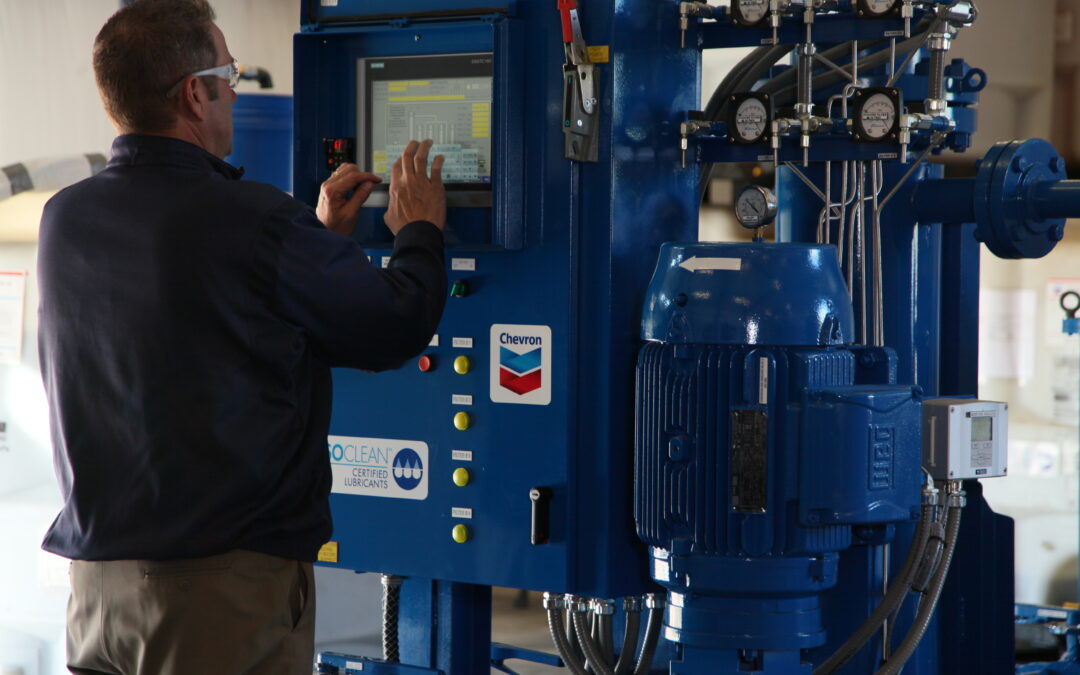
As is often pointed out, ensuring lubricant cleanliness and avoiding lubricant contamination are essential to maximizing equipment life. Microscopic particulates in lubricants can reduce the useful life of equipment components and, in the worst cases, lead to sudden equipment failure, unplanned downtime and even safety risks.
The problem for equipment operators is that even new lubricants can become contaminated in transit, and may not meet the equipment manufacturer’s recommended ISO cleanliness standard upon delivery. As a result, many industrial operators subject all new oils they receive to on-site lubricant filtration. However, as we detailed in a recent Technical Bulletin, Impacts of Filtration on New Lubricant Performance, figuring out the right filtration method for your operations – if there is one – can be a time-consuming, expensive process without assurance of success. There is no “standard” filtration method or medium that will ensure that all oils used in an industrial operation will meet the cleanliness standards of the equipment for which they are intended without compromising performance.
To understand why filtration can be problematic, it’s helpful to understand the make-up of finished lubricant formulations. Finished lubricants contain a variety of additives, such as dispersants and detergents, demulsifiers, corrosion and foam inhibitors, and more. Some additives are fully dissolved in the oil, while others are dispersed in the oil as solid matter measured in microns. Depending on their molecular size or chemical composition, some additives may be at risk of being removed from the oil during filtration. Filters can remove additives by mechanical blockage – meaning that the additive particles are larger than the filter pores – or by adherence to the filter element, which can remove particles smaller than the filter’s rating. Moreover, additives that may be dissolved in the oil or microscopically dispersed can have chemical reactions with contaminants, such as water or particulate matter, causing them to form agglomerates, salts or gels that do not pass through the filter.
A crucial watch point when filtering lubricants is foam performance. Modern foam inhibitors may be more stable in finished lubricants, as they are more finely dispersed in the oil, but still remain vulnerable to removal by filtration. Filtration can remove enough of the oil’s foam inhibitors to cause excessive foaming. Filtration can also adversely affect a lubricant’s ability to shed water when demulsifiers are removed. In either case, a heavily filtered oil may not perform as expected, putting the equipment at risk.
It’s tempting to select a low-micron, high-efficiency filter and perform the filtration under ambient conditions – for example, using a portable kidney loop on a bulk or day tank. This might allow operators to reach or even exceed cleanliness targets, but it might also deplete critical additives and have an adverse impact on post-filtration performance.
Particular care must be taken to avoid damaging the lubricant while it is being cleaned. In order to mitigate the risk of additive removal, operators need to understand the chemistry of the lubricant being filtered, along with filtration parameters such as operating conditions, process temperatures, filter media and flow rate. These parameters need to be standardized and tested thoroughly to ensure no harm is done to the lubricant. Since the results of filtration are highly application- and product-specific, it is important to develop an effective, repeatable process. A lack of process consistency can easily lead to unexpected results and damage the lubricant.
Our technical bulletin details a wide variety of tests that have been performed to determine the effectiveness of different filtration methods on specific lubricants under a range of conditions. It is essential information for anyone considering an investment in on-site filtration as a solution for lubricant cleanliness. A more efficient solution, however, is having your lubricant supplier perform the necessary testing and certify that each new, fully formulated oil meets the ISO cleanliness standards for its application upon delivery. Contact us to learn more about Chevron’s ISOCLEAN® certification program.
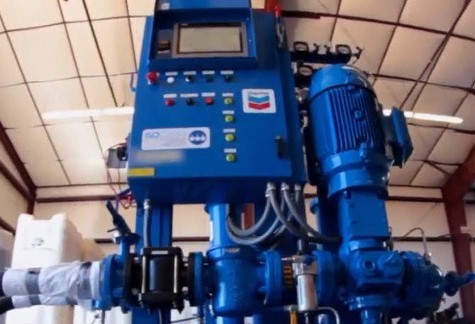
We are excited to introduce a redesigned, updated ISOCLEAN® Recommended ISO 4406 Specs quick links sheet for ISOCLEAN customers.
The one-page link sheet is easy to use and a gear oils spec sheet has been added. The category spec sheets are organized by industry and by component.
As equipment continues to evolve and customers become more aware of the effects contaminants are having on their equipment, it will be important for them to have this capability and evolve their business. Particle contamination is the No. 1 cause of lubricant related failure in equipment. It makes sense to solve this problem, starting with Chevron ISOCLEAN Certified Lubricants is the first step to maximizing equipment life.
The Chevron ISOCLEAN Certified Lubricants program is the industry-leading solution for customers to meet their equipment manufacture fluid cleanliness.
Get to the next level and be on the leading edge with Chevron ISOCLEAN Certified Lubricants!
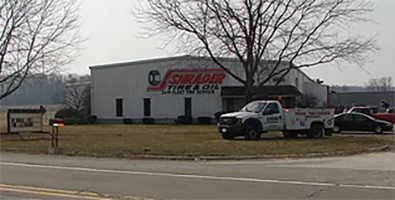
517.486.4633
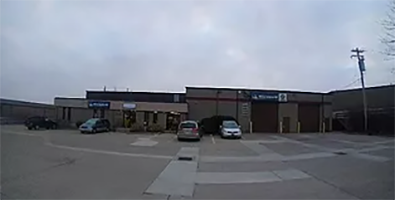
513.733.8200
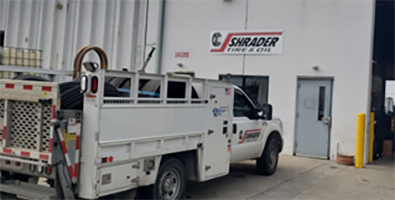
614.445.6601
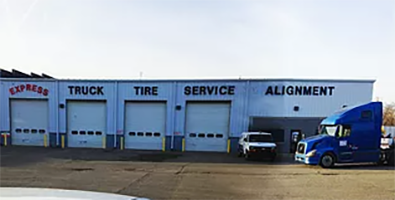
313.386.0451
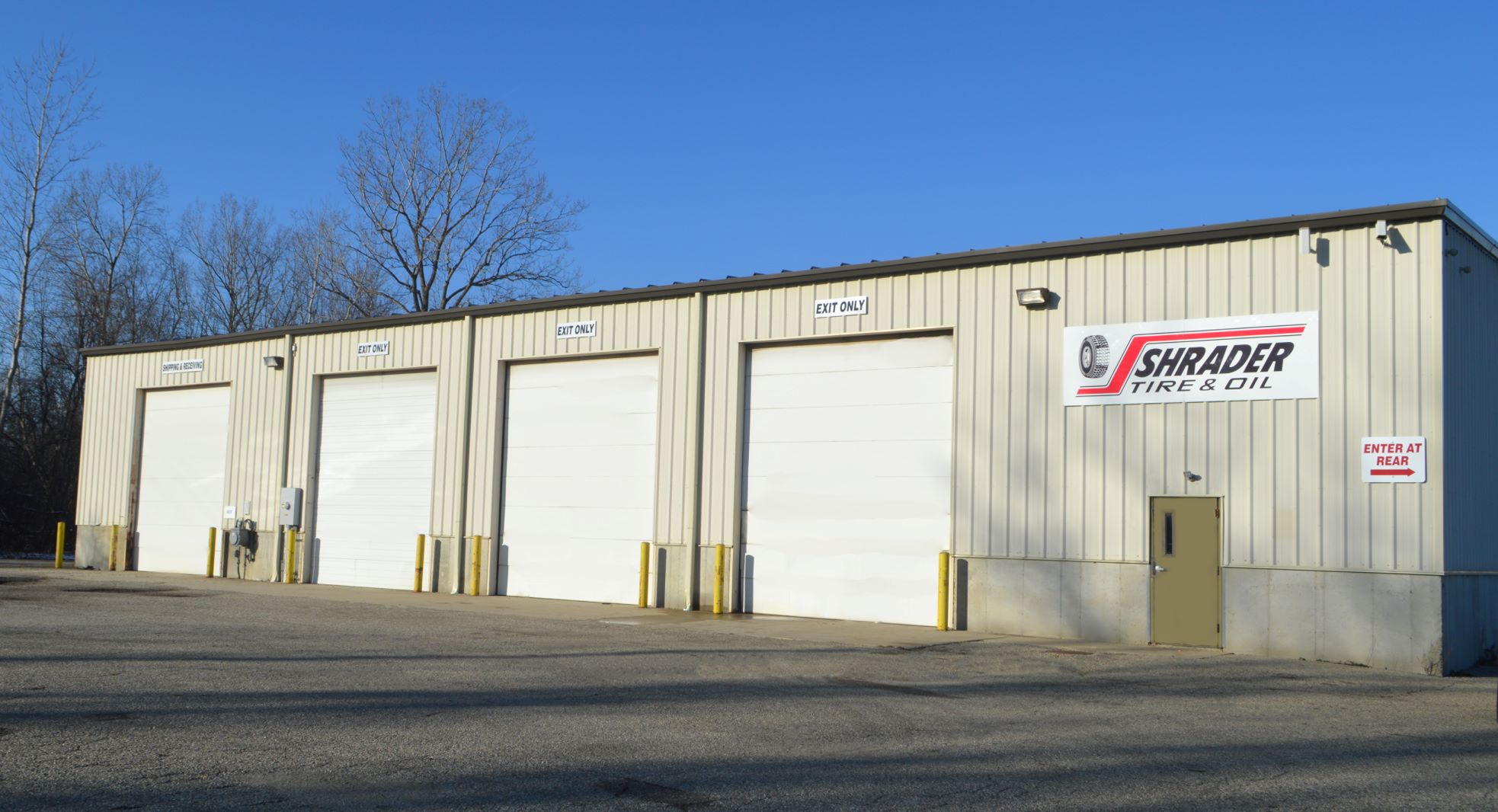
810.288.6458
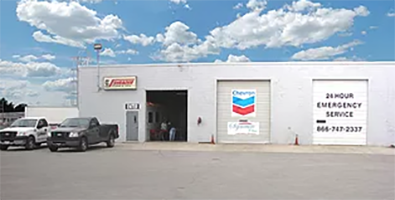
260.420.8435
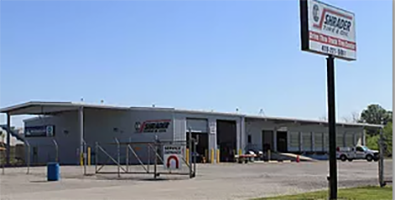
419.221.5001
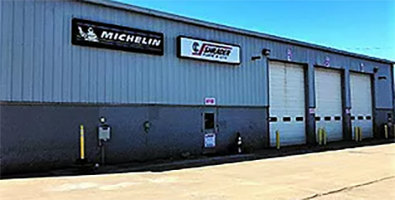
740.788.8032
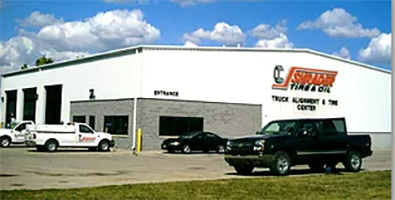
419.727.9468
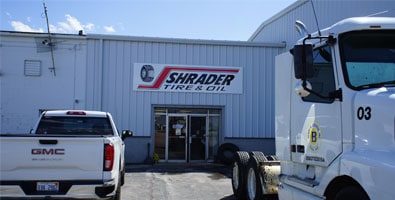
419.837.6591
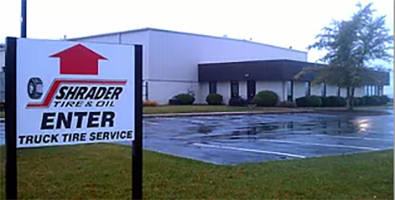
574.968.0067
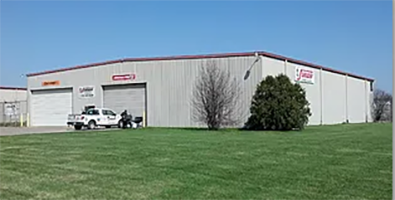
734.434.9300
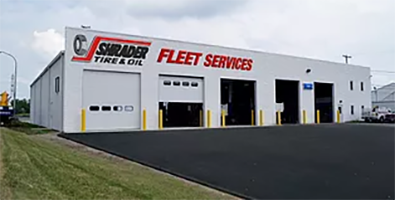
419.720.0422
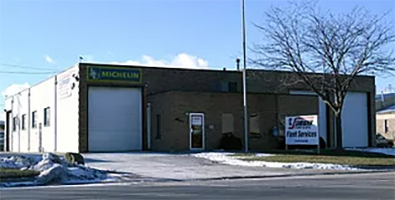
586.777.9030